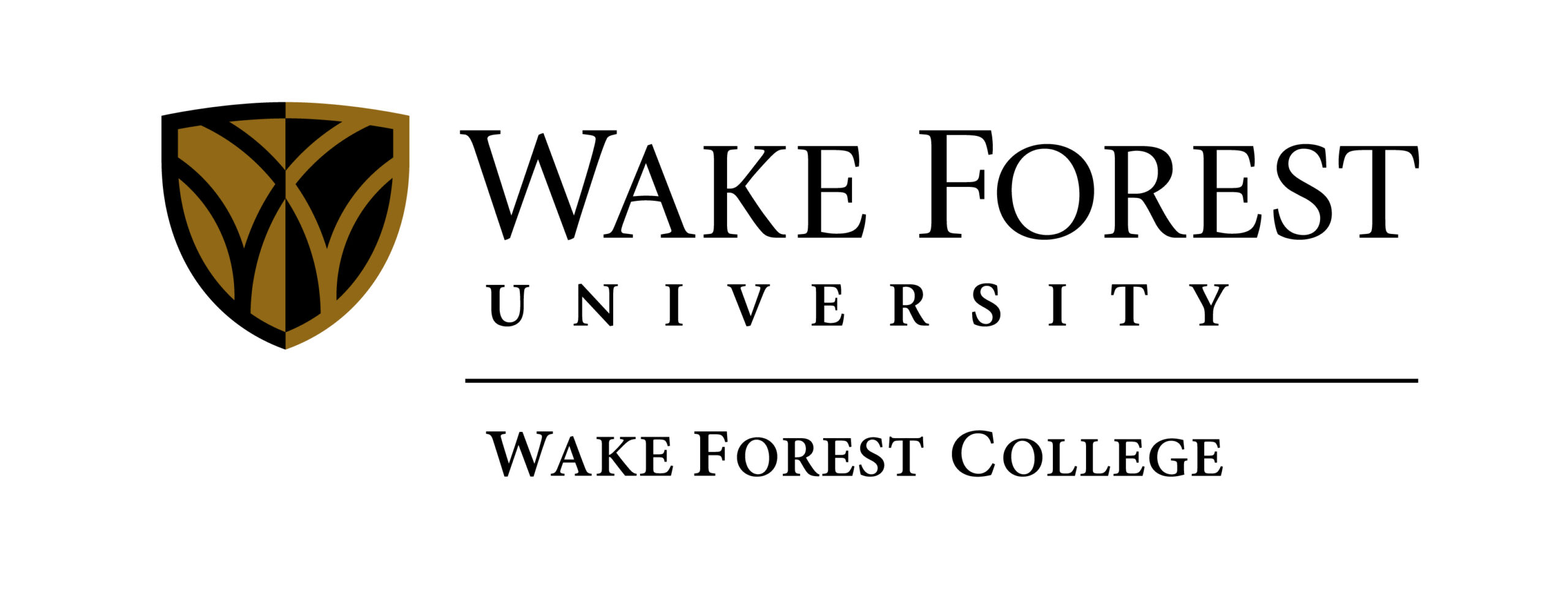College Statement on the Use of Software for Monitoring Students
Updated 2.9.2021
College statement on the use of software for monitoring students during on-line assessment
The shift to remote and on-line delivery of classes in the Spring 2020, Fall 2020, and Spring 2021 semesters has for many faculty fundamentally changed how we interact with our students and conduct our teaching. The shift to virtual and video conferencing methods of instruction has raised a number of issues around the methods that might be used to assess student learning.
The purpose of this statement is to outline the position of the College on software that might be used to conduct on-line/remote proctoring of exams in the College. This statement only applies to the use of software for the purpose of proctoring of summative assessments and not the use of other software platforms used solely for the administration of exams. The College also recognizes that some accrediting bodies or national organizations may mandate the use of on-line proctoring software for assessments that are required to gain accreditation or assessments that are standardized at the national level.
In this position statement we draw heavily on previous documents from the ZSR Library and the working group formed in response to a charge from the COVID-19 Scenario University Planning Team (CSUPT) to assess WFU needs and evaluate the current landscape of software that ensures the integrity of exams taken remotely. The working group was composed of faculty and staff from the School of Business, School of Law, the College, IS, and ZSR Library as well as staff representation from the Office of the Provost.
It is important to note that this statement applies only to the College of Liberal Arts and Sciences and does not apply to the Schools of Law, Business, Divinity, and the Graduate School. It is also important to recognize that this statement cannot cover the unique situations that might occur in the hundreds of classes taught each semester in the College. Therefore, we frame this statement as a general philosophy on the use of on- line/remote proctoring software.
Much has been written on the use of on-line proctoring software. A simple search of “proctoring” on Google and the websites of The Chronicle of Higher Education and Inside Higher Ed will return a wide range of articles that articulate the ways that proctoring software works and the underlying problems inherent in software implementation including invasion of privacy, gender and racial biases, and challenges accommodating individual disorders, impairments or disabilities, particularly when the software relies on automated recognition of potentially suspicious behavior. It is not the purpose of this statement to repeat the information in these articles. Rather, we encourage faculty who might be considering the use of on-line proctoring software to read the wealth of information that is available and draw their own conclusions.
The Honor Code is a cornerstone of the College’s approach to academic integrity. As we face the challenges of maintaining that integrity while ensuring fairness and equity to all students in the College, we believe that the use of on-line proctoring software as a solution to dishonesty and cheating during assessments is not the appropriate way forward. We believe that this approach undermines the trust between the faculty member and the student, and subsequently our commitment to the Honor Code.
The position of the College is that on-line proctoring software lacks the ability to prevent academic dishonesty while at the same time it creates an environment that is not conducive to student learning. The College recommends that, where possible, faculty closely examine the ways that they are assessing students to seek alternative methods of assessment that reduce the likelihood of dishonesty during remote or on-line classes.
Finally, the College is committed to academic freedom. We strongly encourage any faculty member who is considering the use of on-line/remote proctoring to talk with their department chair, the CAT, and the ZSR Librarians to gain a full appreciation of what the software can and can’t do and to consider the implications of using these tools.

